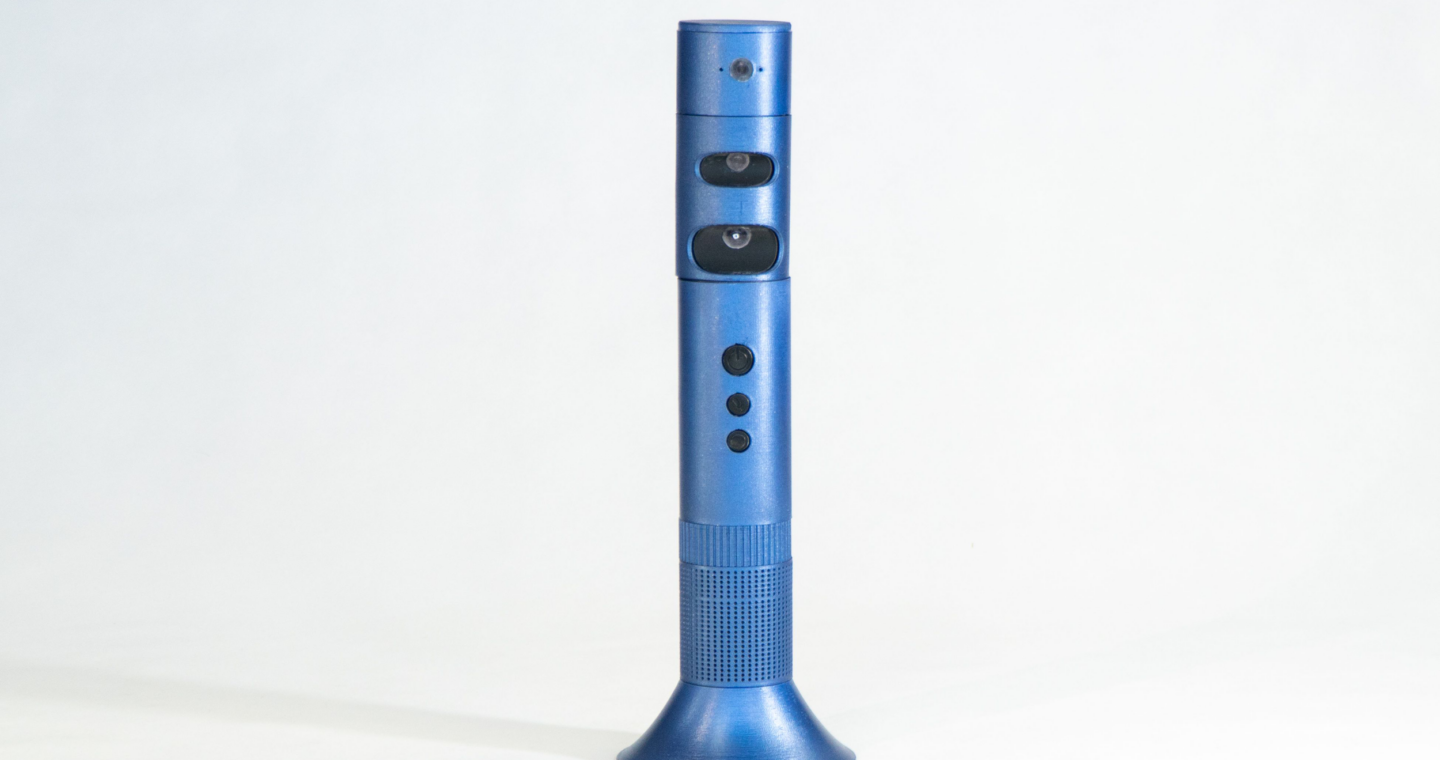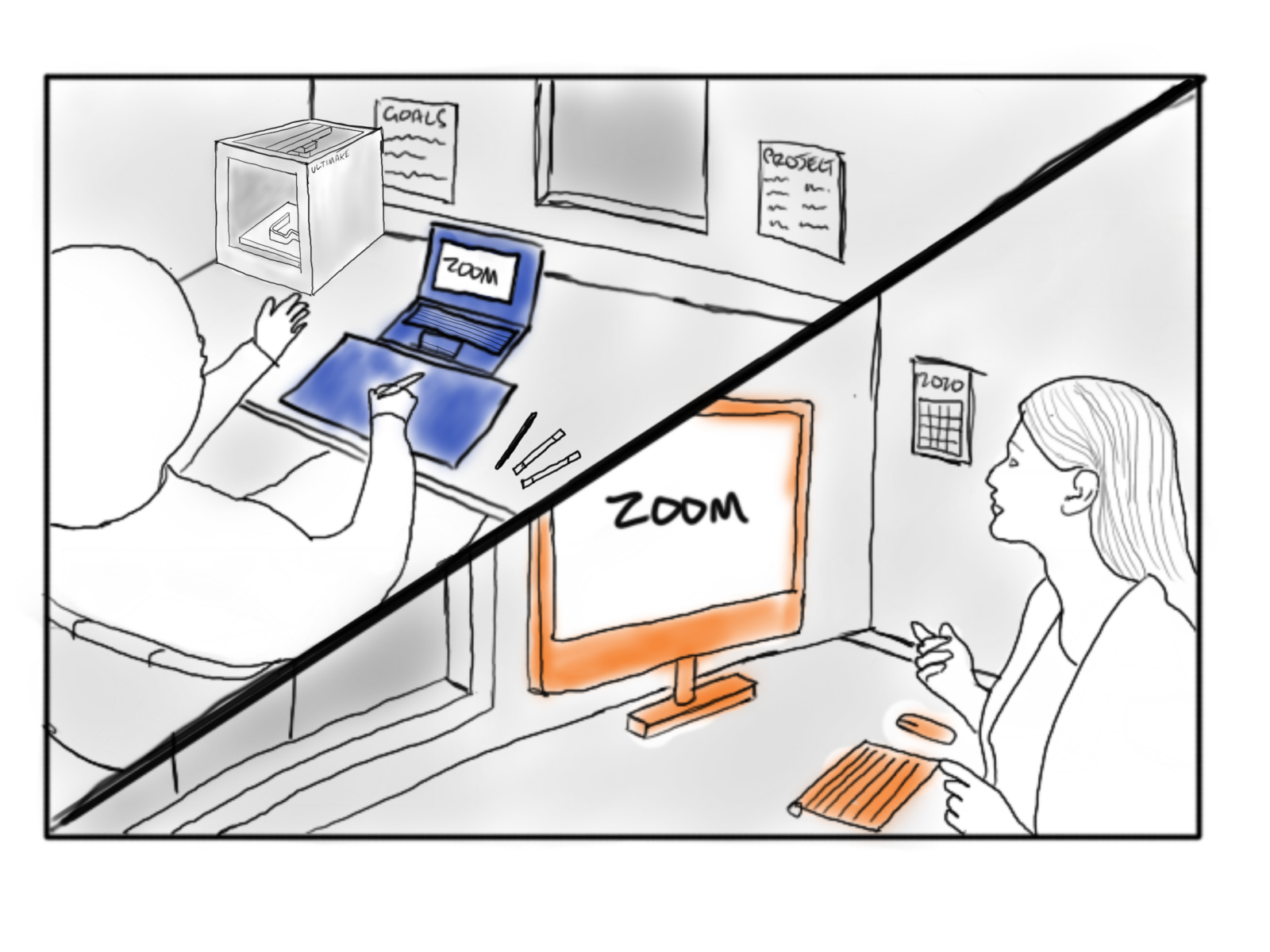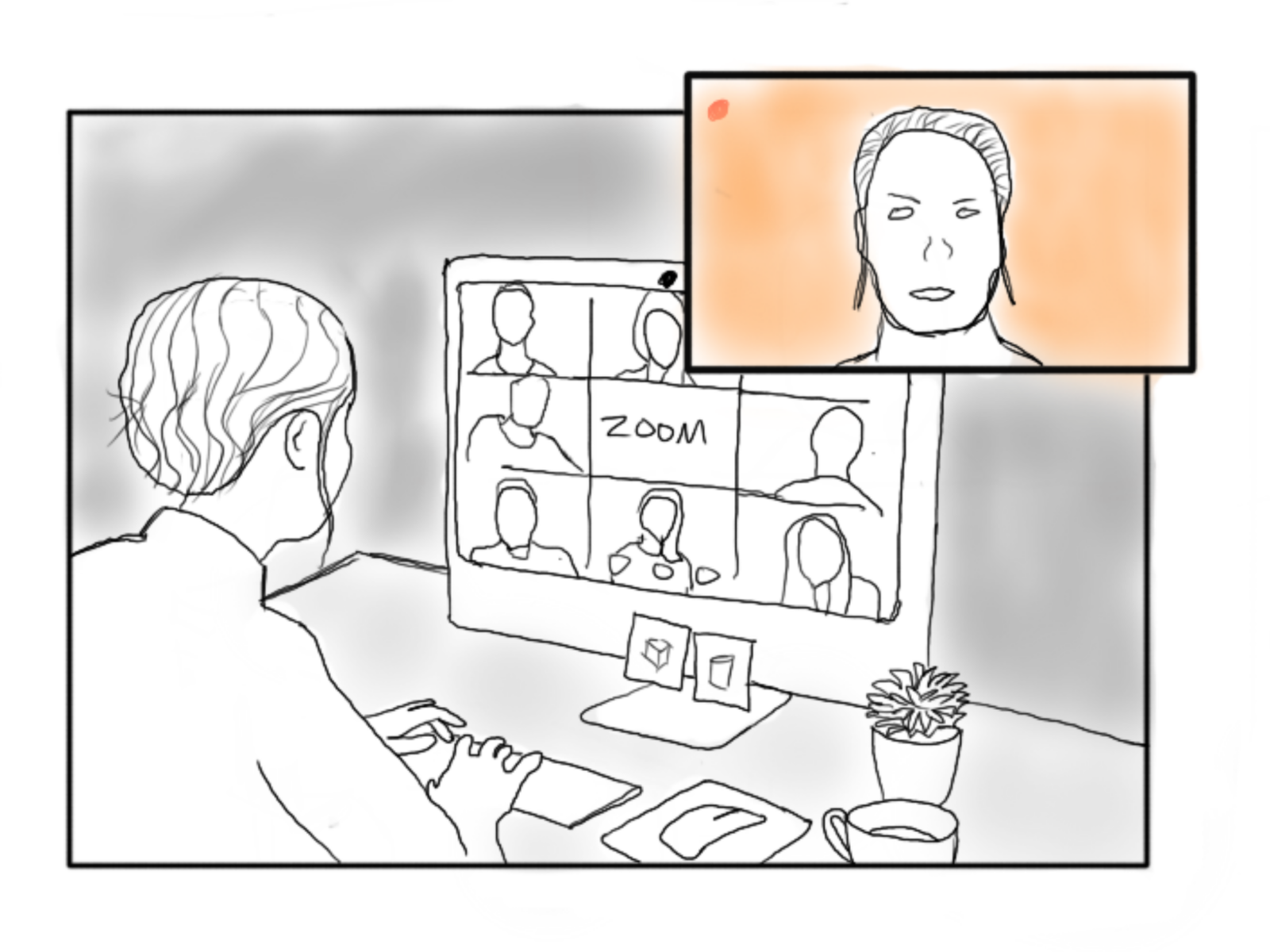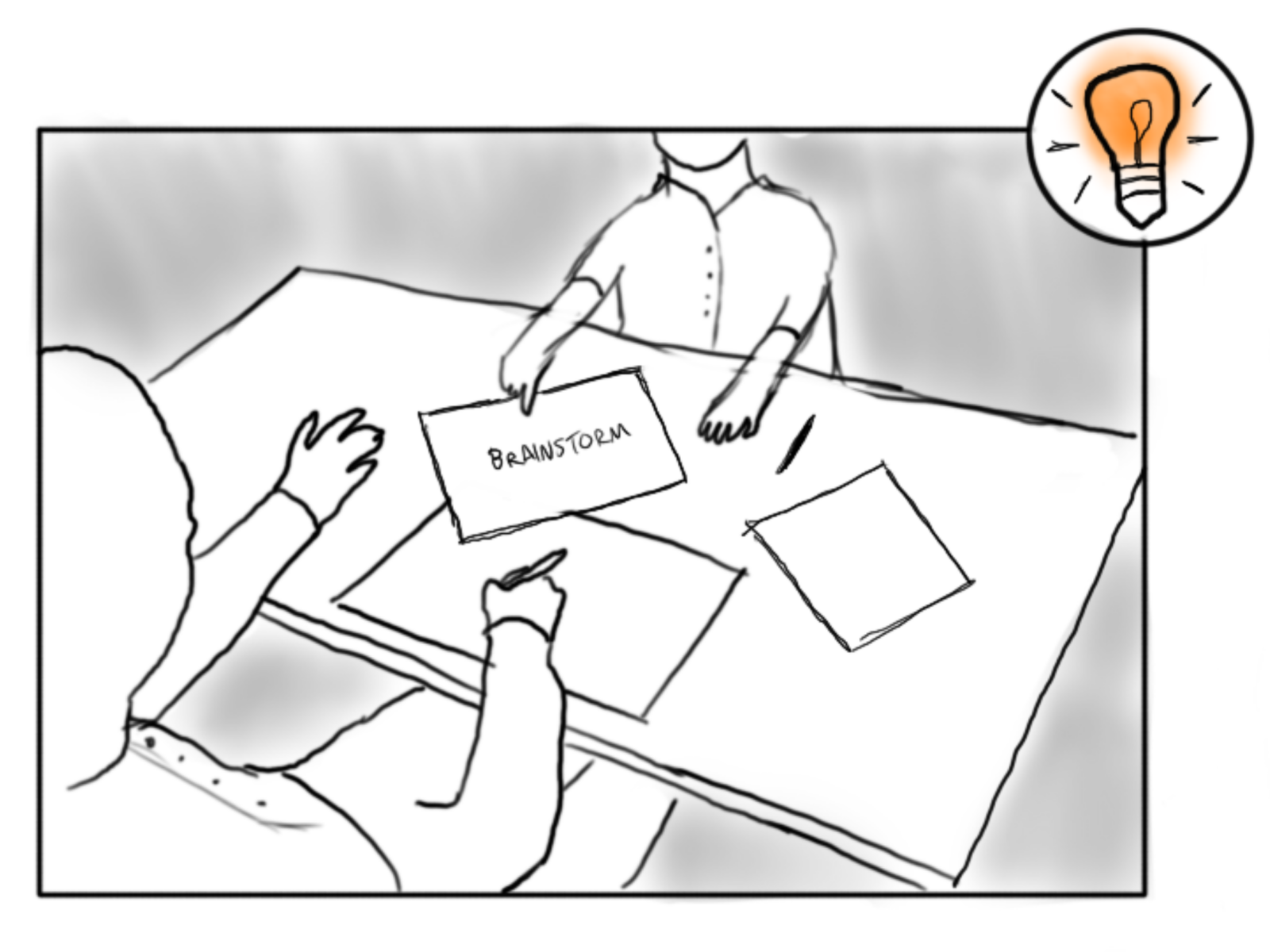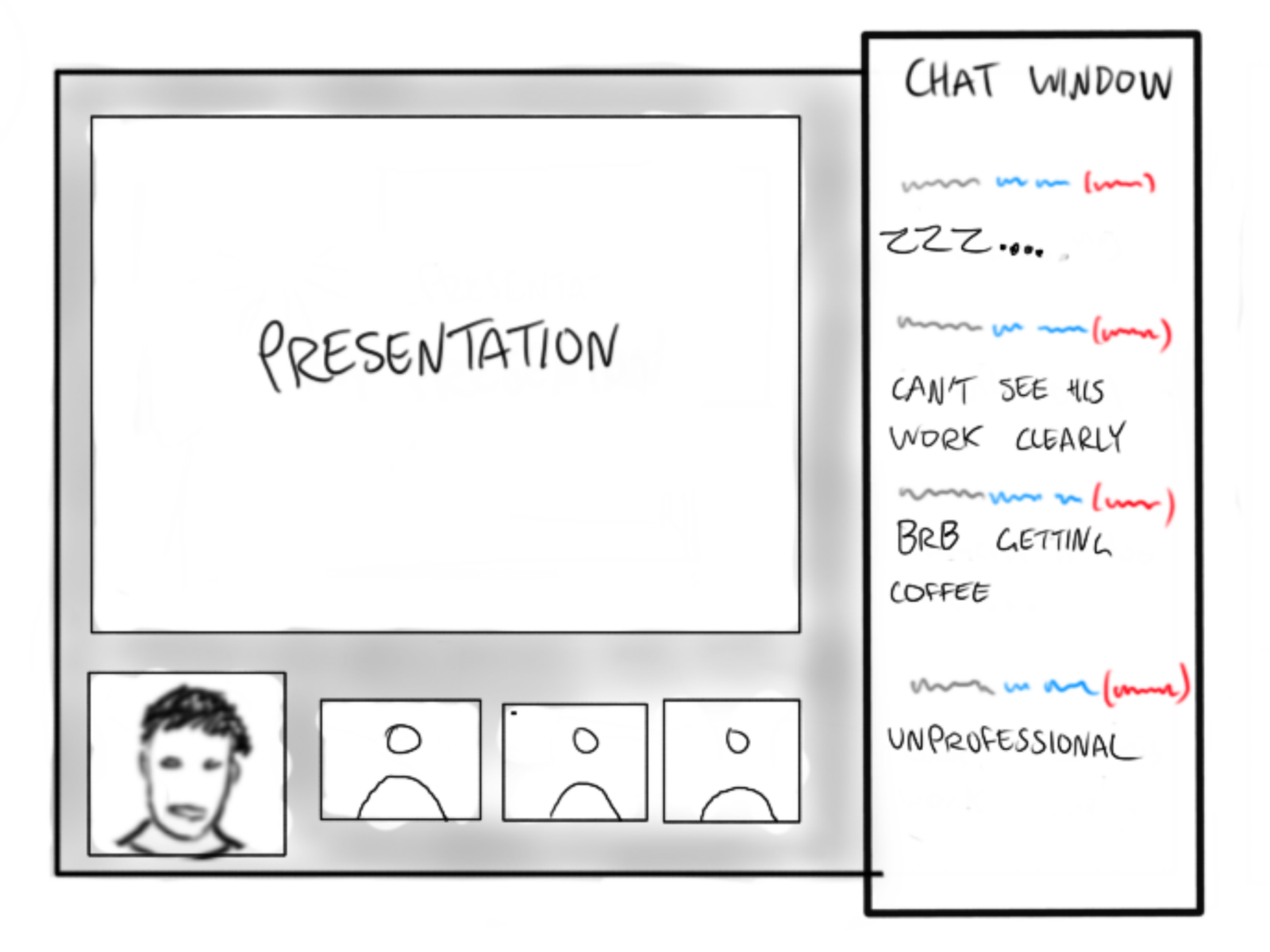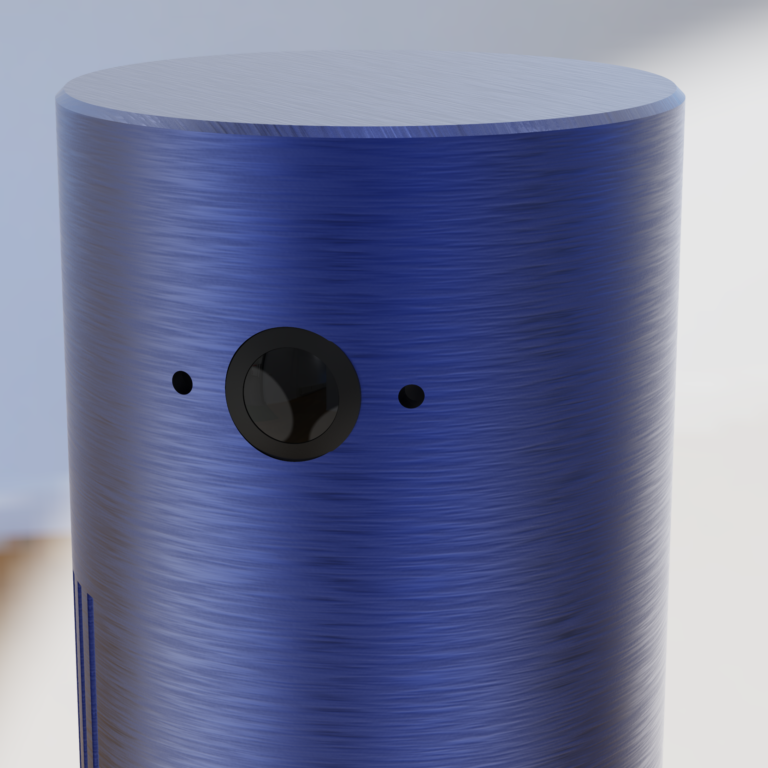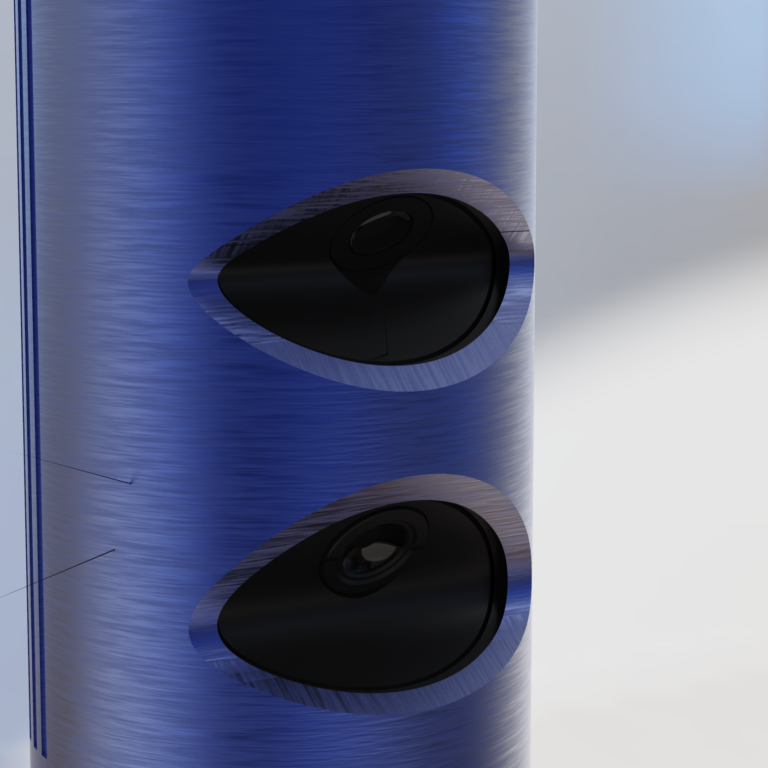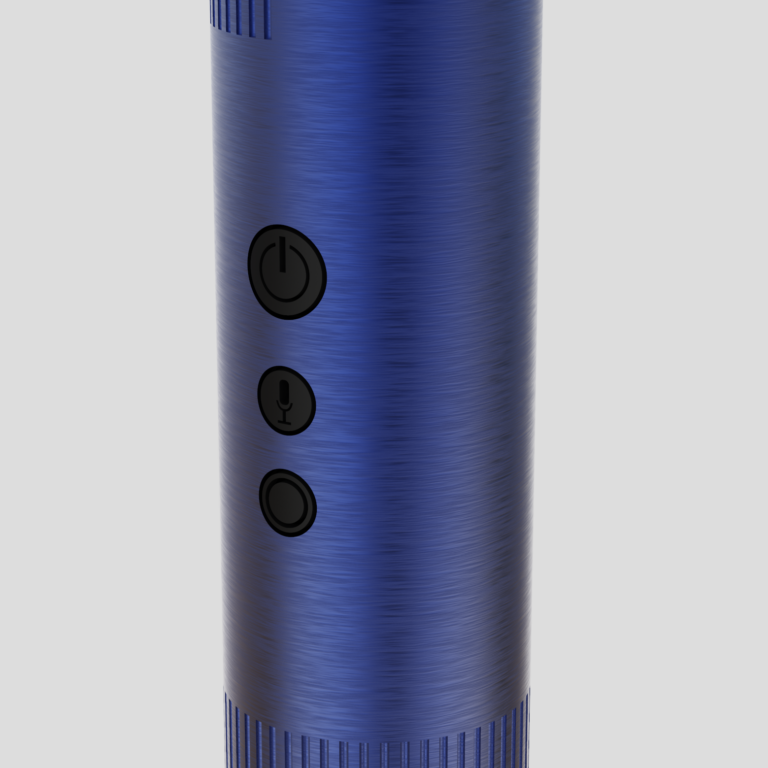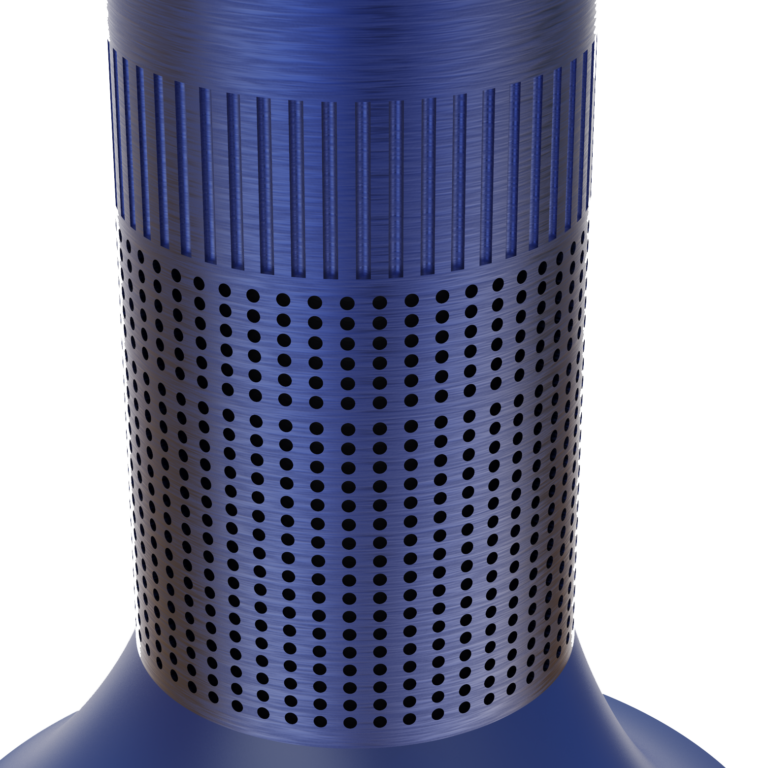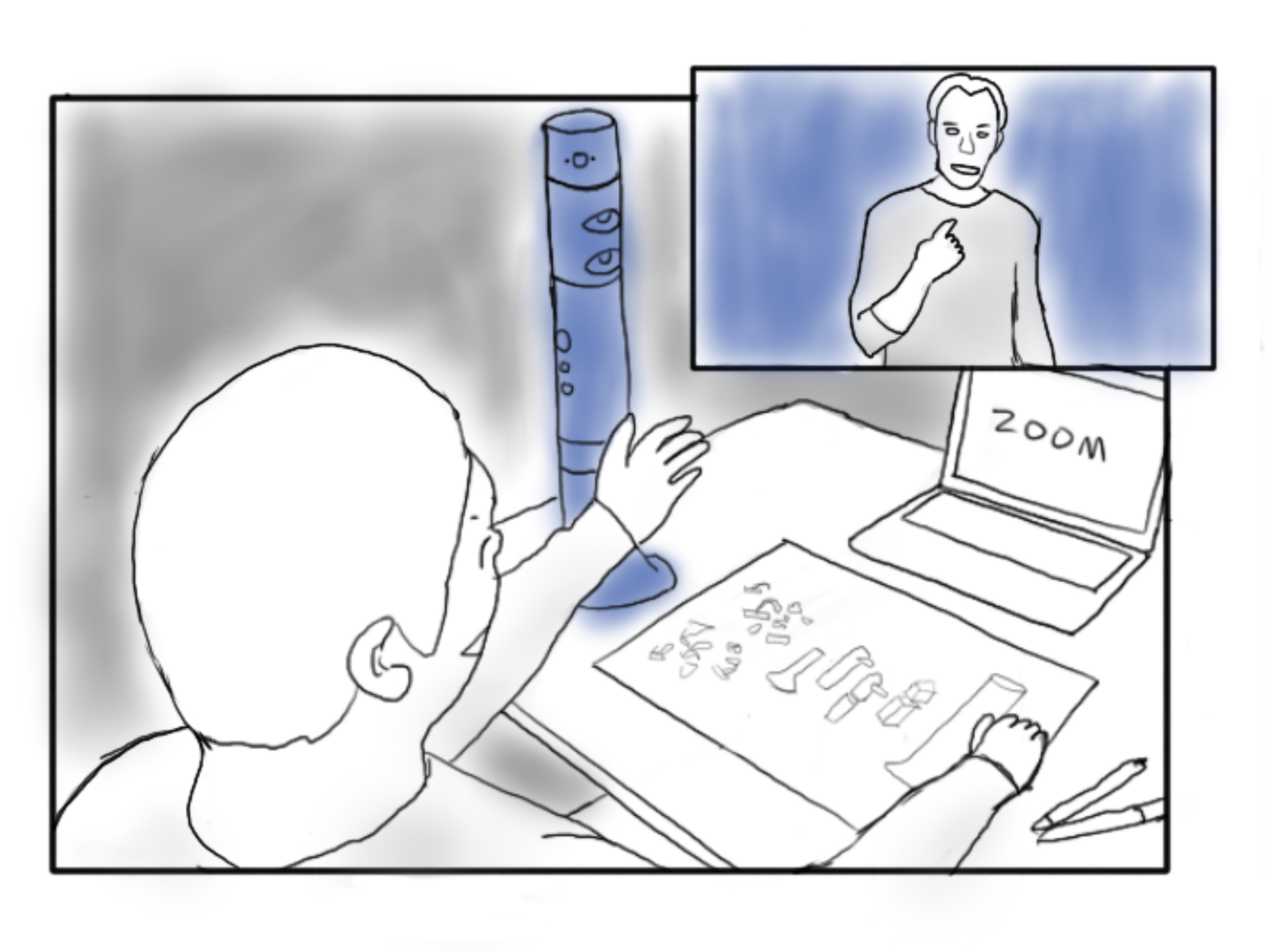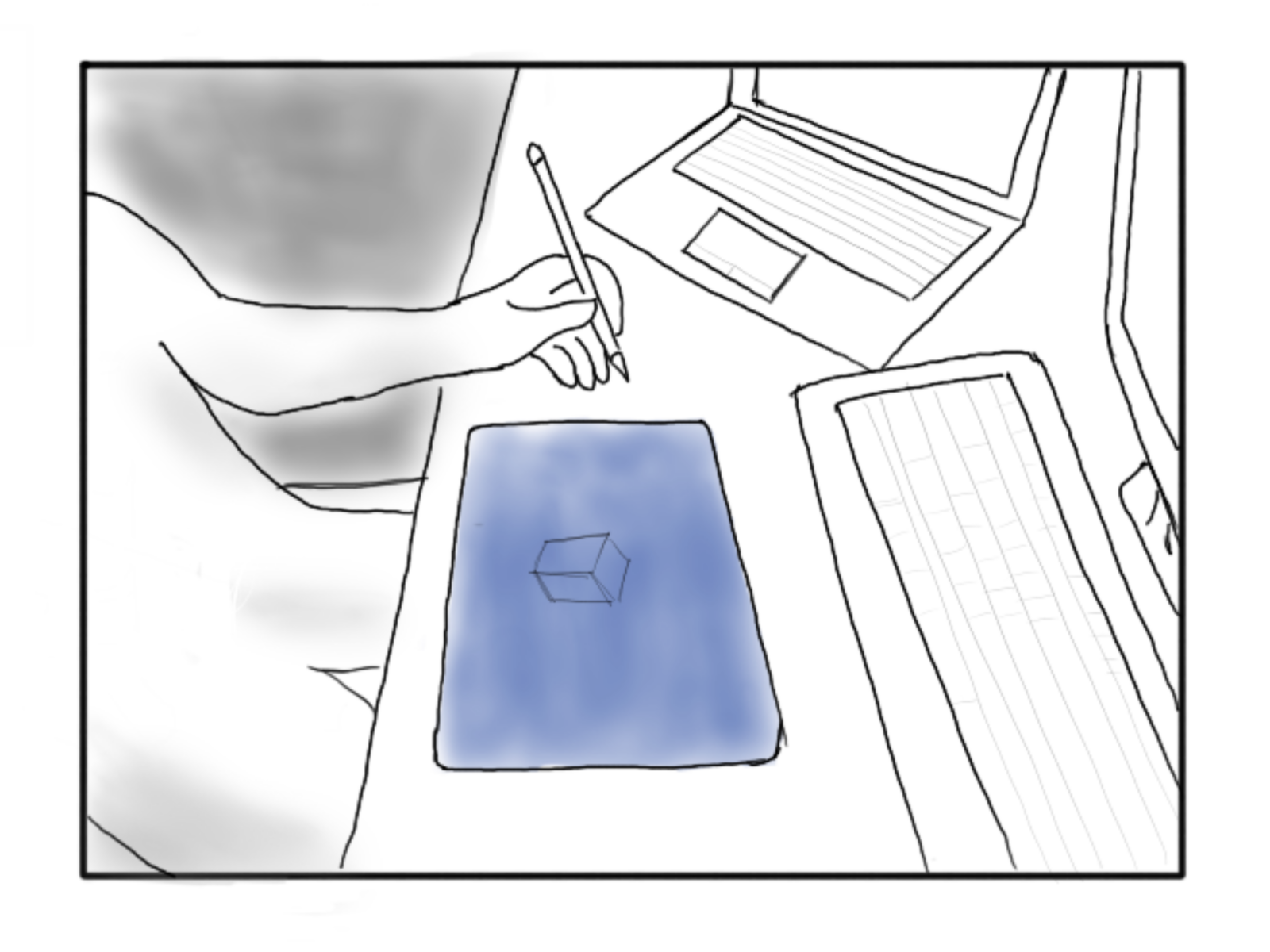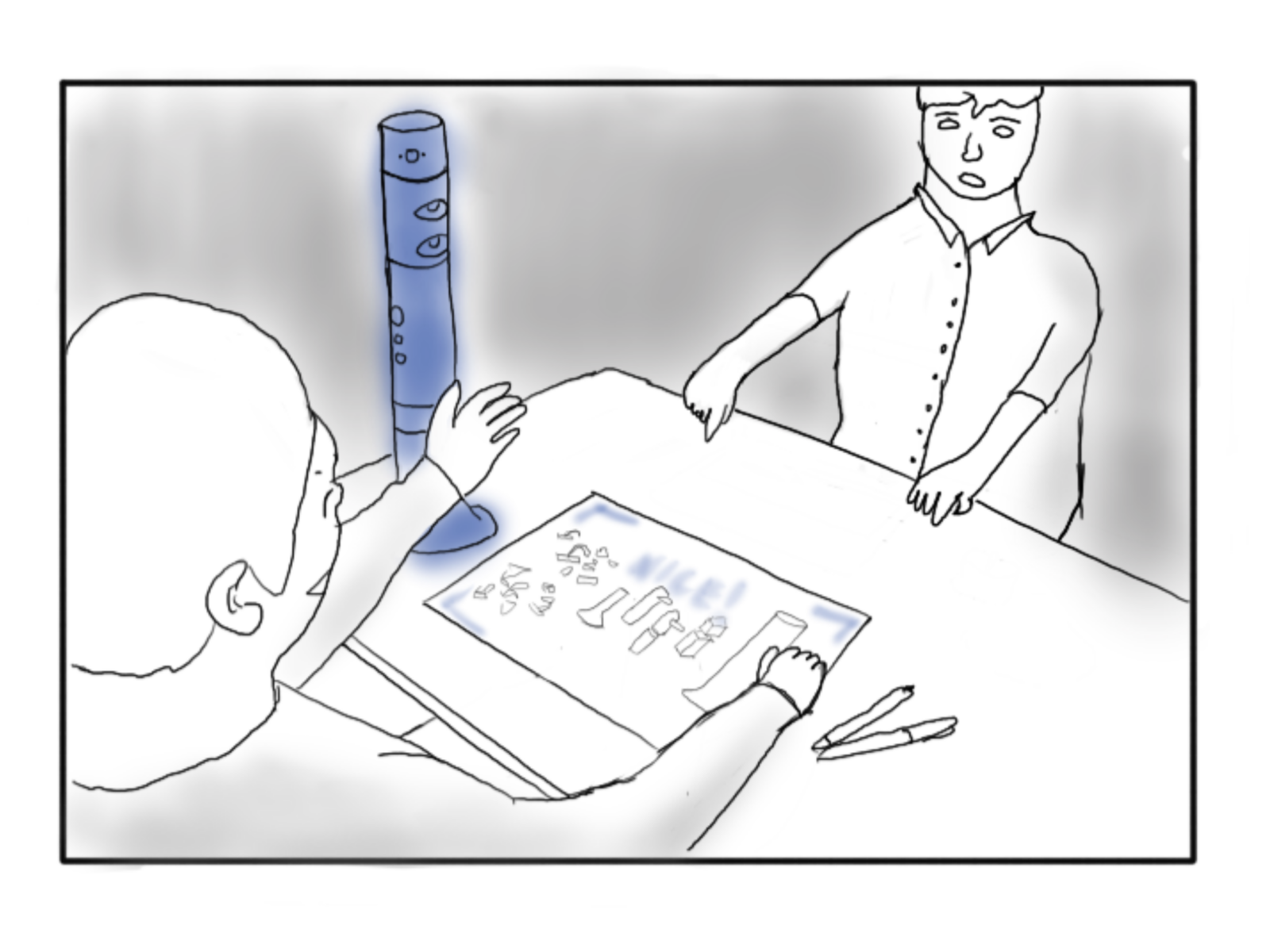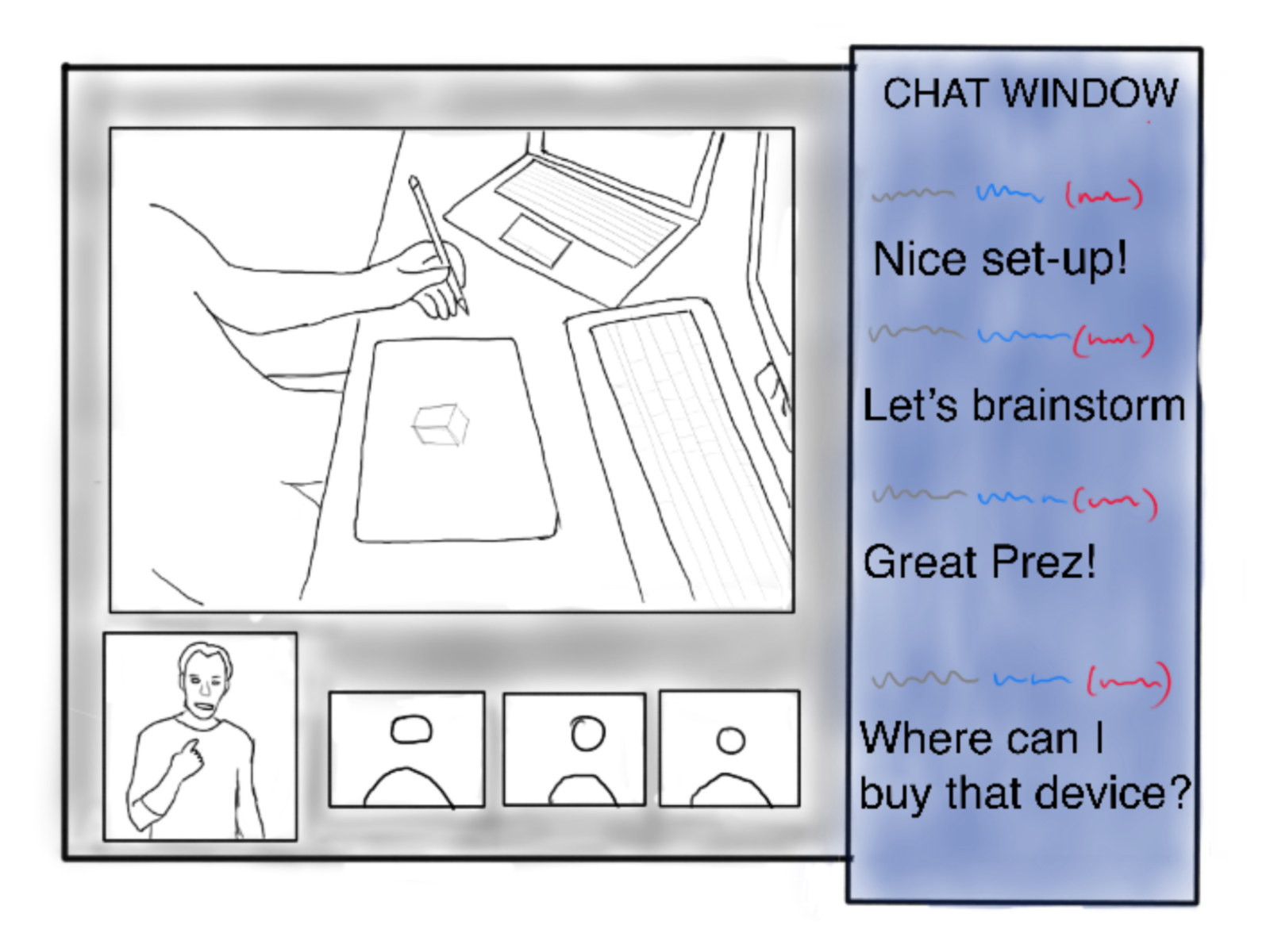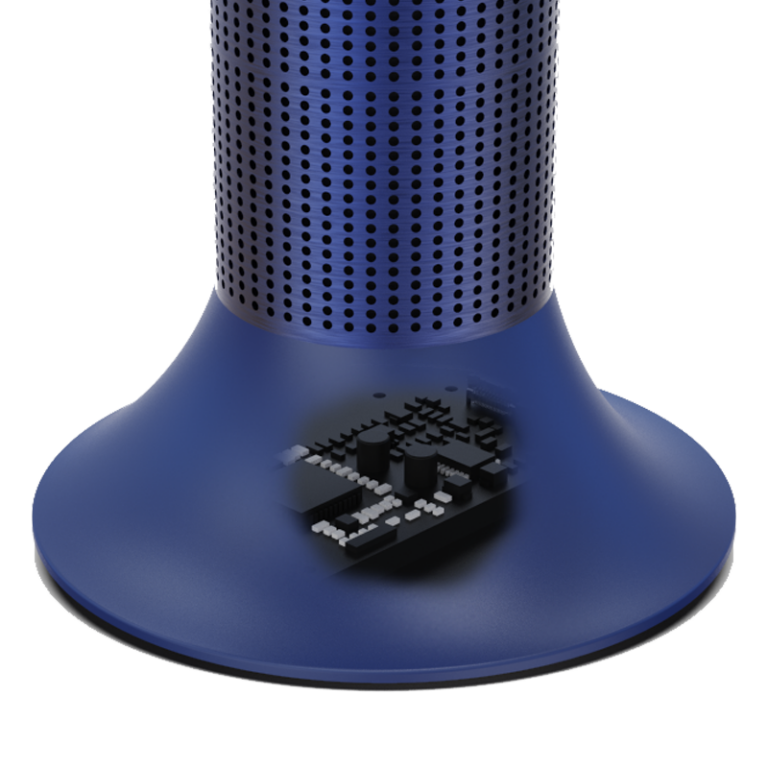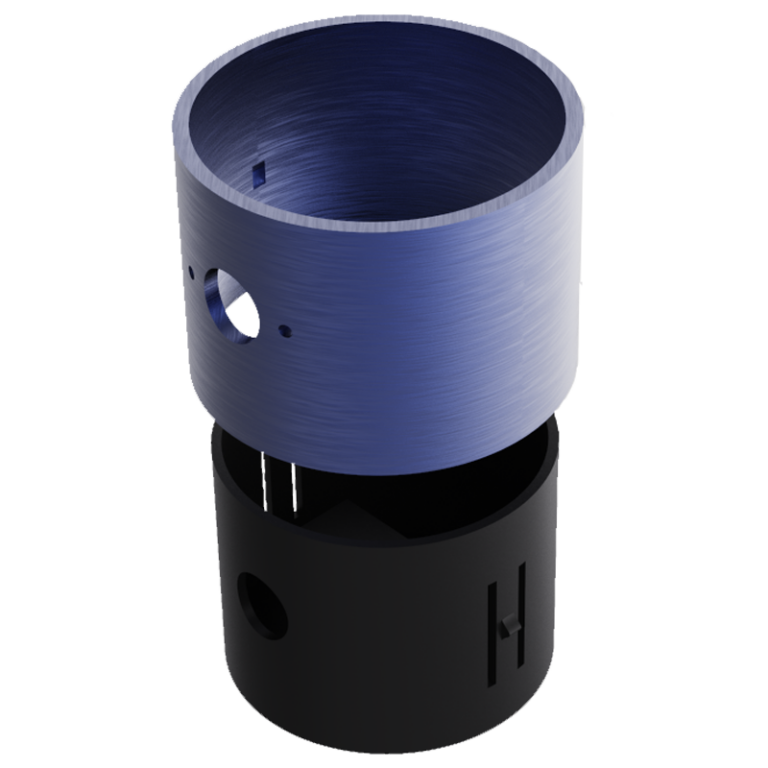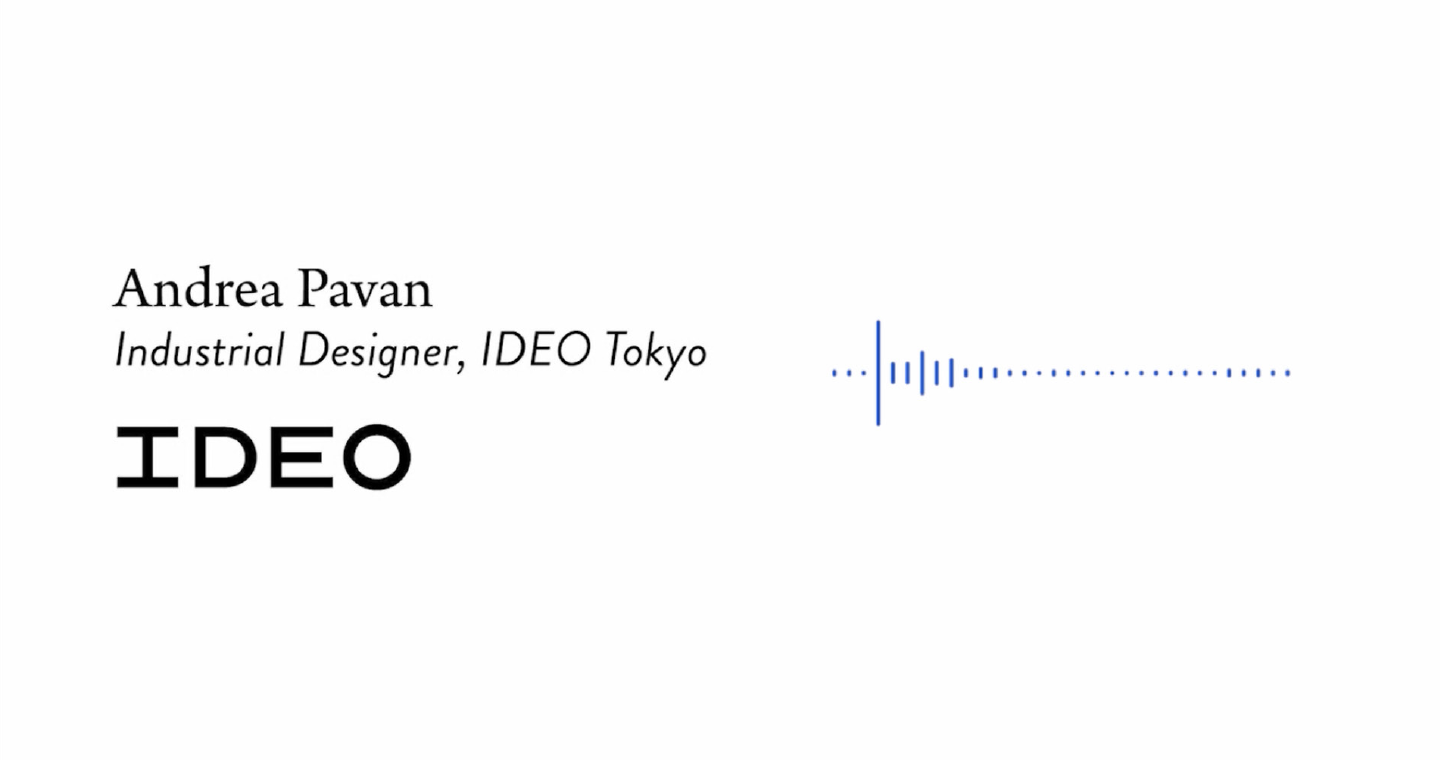Project CONTEXT: VIRTUAL MEETINGS & REMOTE COMMUNICATION In INDUSTRIAL DESIGN PRACTICE
Through research and interviews conducted with industrial designers in various roles, workplaces, and cultures, I discovered that there are issues with the current tools & technologies for virtual meetings in industrial design practice.
CURRENT ISSUES WITH VIRTUAL MEETINGS FOR INDUSTRIAL DESIGNERS
The below issues were discovered through interviews with industrial designers:
– Subtle communication e.g. body language, change of tone, non-verbal expressions etc. are lost due to poor camera position and angle
– Difficulty showing physical deliverables such as sketches, prototype, or just in the moment sharing of ideas using pen and paper
– limited co-creation & interactive communication opportunities, particularly those that take advantage of an industrial designer’s skillset
– Reduced ability to impress other meeting participants with your work or utilise in-person presentation skills when using standard video-conferencing tools
The combination of these issues is currently creating unsatisfactory virtual communication outcomes for industrials designers.
PRODUCT FEATURES & FUNCTIONS
HOW BARX ADDRESSES current issues
In summary, here is how the user experience for BARX addresses the issues I discovered: wide-angle lens and microphone pick up subtle communication, the desktop camera allows physical objects to be shown clearly, the projector and desktop camera combo provides co-creation opportunity, and the combination of these improve the user’s virtual communication and the likelihood of impressing the other meeting participants.
Additionally, the user experience for BARX can also be described by the Japanese word “Yohaku” – meaning white space or those products that leave space for users to create their own scenario of use. For example, BARX could be used for Gaming, streaming, practical learning, remote personal communication with friends and family etc.
DESIGN FOR MANUFACTURE
DESIGN VALIDATION & JUSTIFICATION
To validate my design and project direction, I put together audio from the interviews I conducted, the feedback I have received on the project, and industrial designers who have talked about the topic of remote communication:
Exhibition poster & report
- Name
- Exhibition Poster
- File Type
- application
- File Size
- 3 MB
- Link
- Download File
- Name
- Research & Final Design Report
- File Type
- application
- File Size
- 5 MB
- Link
- Download File
